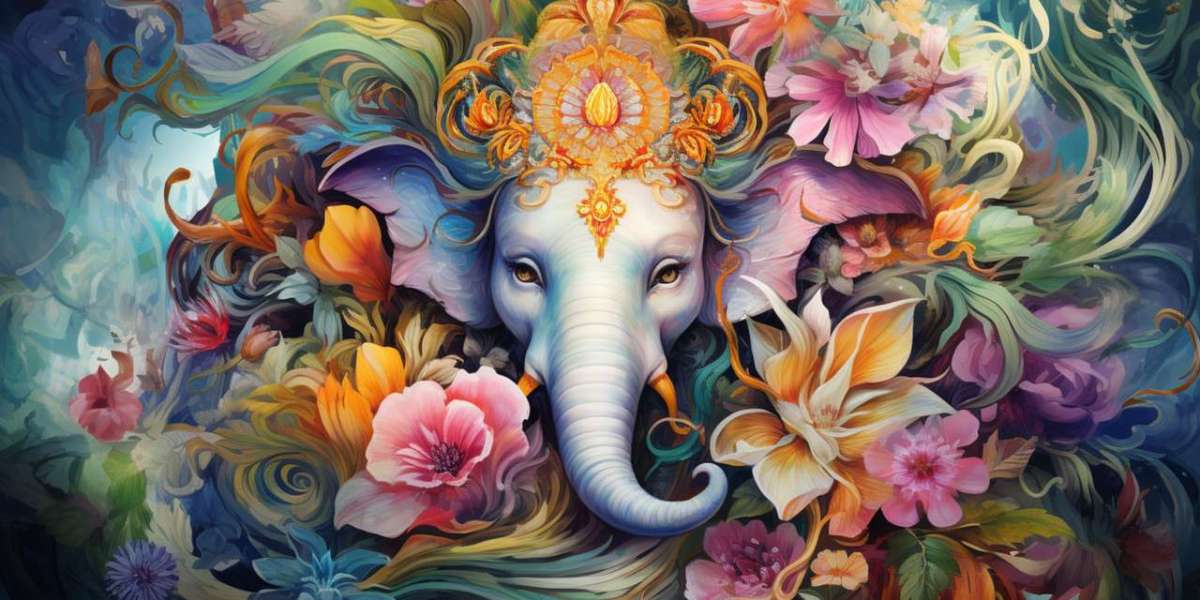In India, Hindus celebrate Ganesha Chaturthi as a national festival. Ganesha's birthday is observed as Ganesh Chaturthi, the eldest son of Shiva and Parvati. This ten-day festival is enthusiastically celebrated by the people with devotion and reverence. It generally falls between August and September every year.
Origin of Ganesha Chaturthi
Ganesha Chaturthi has been traditionally observed in Pune since the age of King Chhatrapati Shivaji, as Ganesha was the family deity of the Peshwas clan. When their clan started fading away, the festival lost its patronage, and it became a private celebration in Maharashtra. Social reformer and Indian freedom fighter Lokmanya Bal Gangadhar Tilak revived Ganesha Chaturthi in the 19th century.
When a Pune resident, Krishnajipant Khasgiwale, visited Maratha-ruled Gwalior in 1892, he witnessed Ganesha Chaturthi as the traditional public celebration. After reaching Pune, he spoke about this to his friends, Balasaheb Natu and Bhausaheb Laxman Javale. Following this, Javale installed the first Sarvajanik or public Ganesha idol.
Lokmanya Tilak admired the efforts of Javale in his newspaper Kesari in 1893. Even Tilak installed a Ganesha idol in his news publication's office the following year. His efforts transformed the annual domestic festival Ganesha Chaturthi into a significant public event. Tilak was the first to install massive images of Ganesh in pavilions and established the practice of submerging Ganesha idols in sea, rivers, or other water bodies on the tenth day of Ganesha Chaturthi.
When the British government banned social and political gatherings, Ganesh Chaturthi became a converging festival for people from all castes and communities. However, Ganesh Chaturthi facilitated community participation and involvement in poetry recitals, plays, intellectual discourse, and concerts.
Tilak recognized and popularized Ganesh Chaturthi as a national festival to unite Brahmins and non-Brahmins, generating nationalistic fervor among the Maharashtrian people to oppose British colonial rule. After India's independence, Ganesh Chaturthi started to be celebrated as a national festival.
Present Day Celebrations
Today, Ganesha Chaturthi is widely celebrated with great enthusiasm and devotion all over India, especially in Maharashtra, Tamil Nadu, Andhra Pradesh, Karnataka, and Goa. People commence the festival preparations in advance, which include house cleaning, lighting arrangements, and decorations.
During Ganesha Chaturthi, people worship Ganesha with a special Pooja and offer him a variety of sweets, savories, and Modaks or rice dumplings. Regular Pooja is offered for ten days, both morning and evening. On the tenth day, the Ganesha idols are taken as a public procession and submerged in clean water bodies. Today, the festival is celebrated worldwide, wherever the Hindu community resides.









